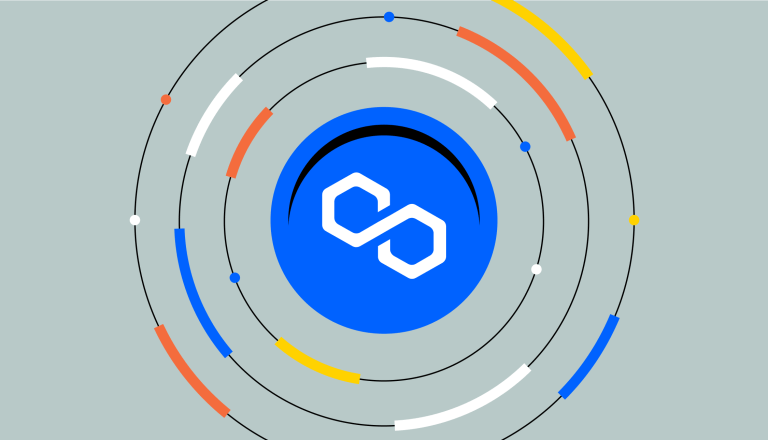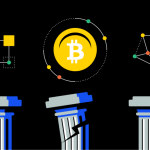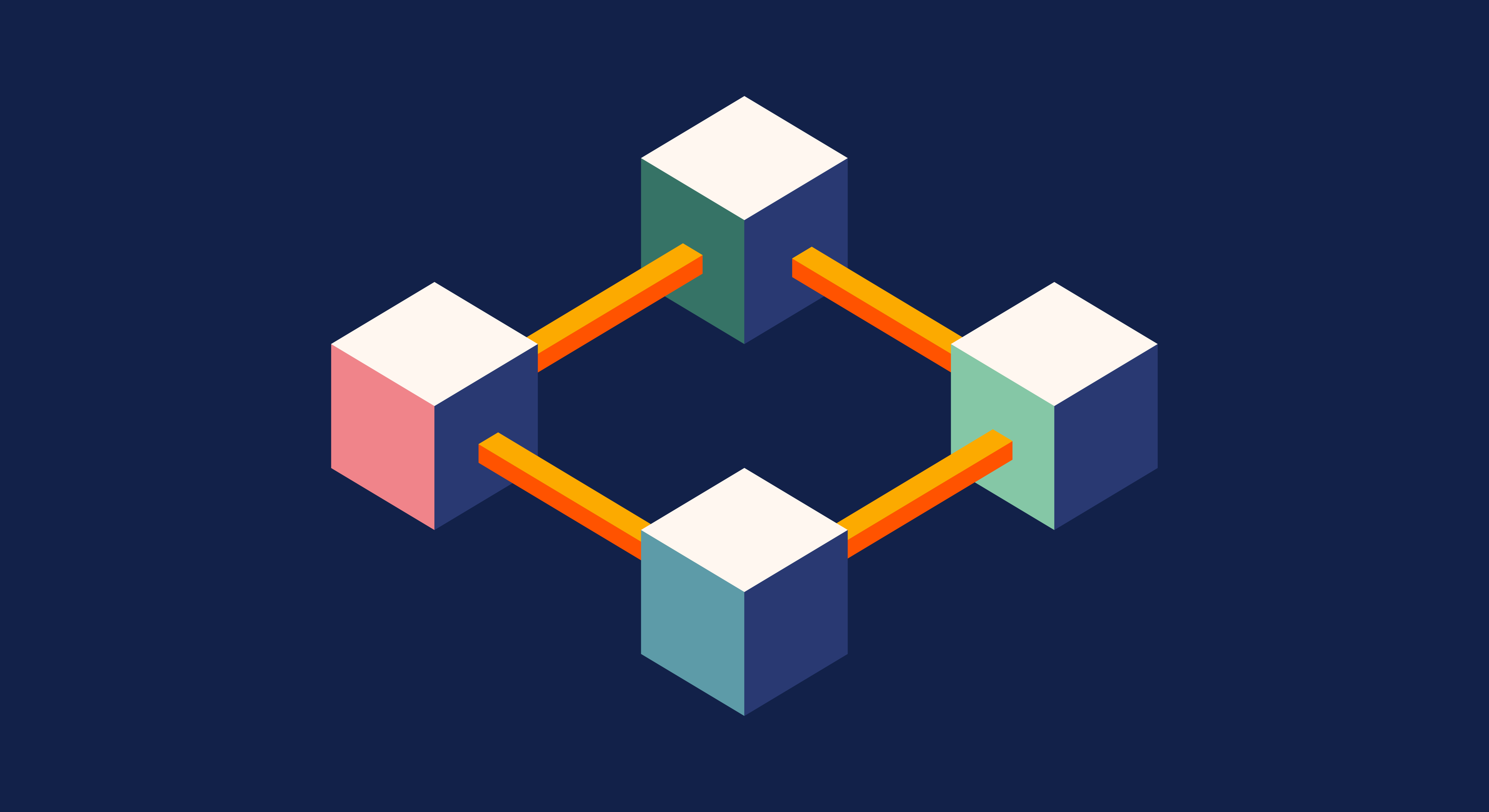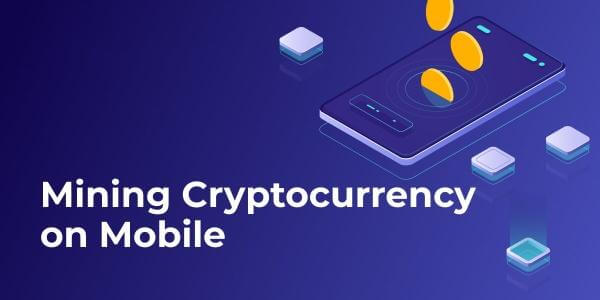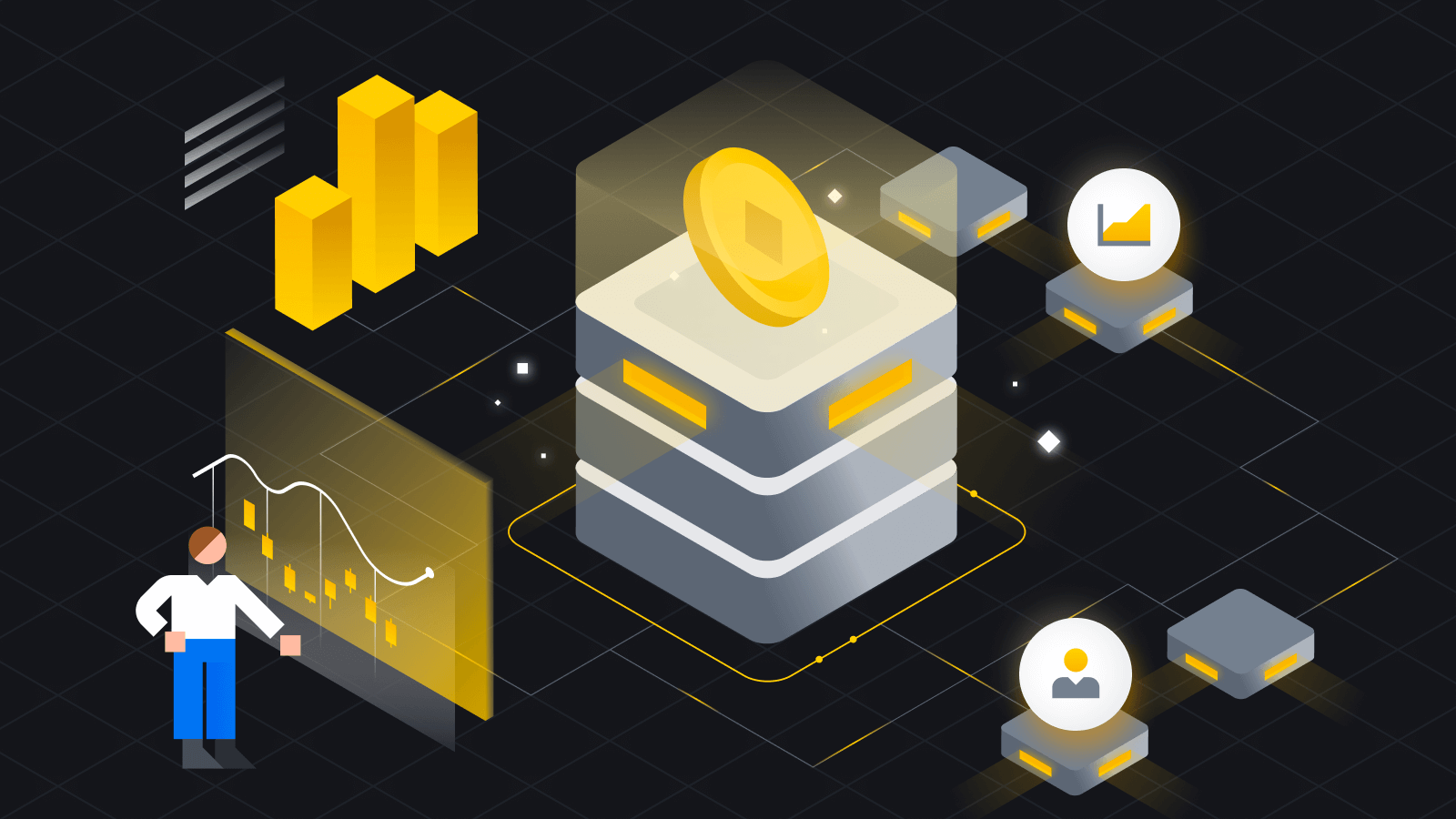
The Ethereum blockchain is home to a vast range of economic activity from NFT markets and games to the growing Defi ecosystem. Ethereum is well suited to this activity because it’s compatible with smart contracts, which can be used to build a vast range of applications.
However, the growing popularity of these applications adds many transactions to the Ethereum blockchain — and as a result, transaction fees (also known as “gas”) can sometimes rise to the point where making small or frequent investments can be economically unviable.
Enter Polygon, which is a “Layer 2” scaling solution (or “sidechain”) that’s emerged to provide faster transactions and lower costs for users. It acts as a speedy parallel blockchain running alongside the main Ethereum blockchain. To use it, you can “bridge” some of your cryptos over to Polygon, and then interact with a wide range of popular crypto apps that were once exclusive to the main Ethereum blockchain.
What is MATIC?
Polygon has its own cryptocurrency, called MATIC, which is used to pay fees on the Polygon network, for staking, and for governance (which means that MATIC holders get to vote on changes to Polygon). You can also buy and sell MATIC via Coinbase and other exchanges.
The name MATIC comes from an earlier stage in Polygon’s development. After launching as Matic Network in October 2017, developers rebranded as Polygon early in 2021.
What is MATIC’s current price?
How does Polygon work?
You can picture Polygon as being like an express train on a subway it travels along the same route as the regular train, but it makes fewer stops and thus moves much faster. (In this analogy the main Ethereum blockchain is the local train.) Polygon uses a variety of technologies to create this speedy parallel blockchain and link it to the main Ethereum blockchain.
To create new MATIC and secure the network, Polygon uses a proof-of-stake consensus mechanism which means that one way you earn money on MATIC you hold is via staking.
- Validators do the heavy lifting they verify new transactions and add them to the blockchain. In exchange, they may receive a cut of fees and newly created MATIC. Becoming a validator is a commitment that requires running a full-time node (or computer) and staking your own MATIC. If you make an error or act maliciously (or even if your internet connection is glitchy) you could lose some of your staked MATIC.
- Delegators stake their MATIC indirectly via a trusted validator. This is a much lower-commitment version of staking. But it still requires research — if the validator you pick acts maliciously or makes errors you could lose some or all of your staked MATIC.
How do you use the Polygon network?
The Polygon network allows you to do many of the same things the main Ethereum network allows, but with fees that are often a fraction of a cent. You can try decentralized exchanges like QuikSwap or SushiSwap, yield-generating lending and savings protocols like Aave, NFT markets like OpenSea, or even “no-loss prize games” like Pool together.
To try the Polygon network, you need to send some crypto to a compatible crypto wallet like Coinbase Wallet. You can then “bridge” some of your crypto stablecoins are a popular choice for this to the Polygon network. You’ll also need to bridge some MATIC to make transactions, but even a dollar’s worth is plenty because fees are so low.
Low fees and near-instant transactions make the Polygon network an excellent way to gain some real-world experience trying out DeFi protocols. (Remember that DeFi can be highly volatile so start small and don’t invest more than you can afford to lose, especially as a beginner.)

